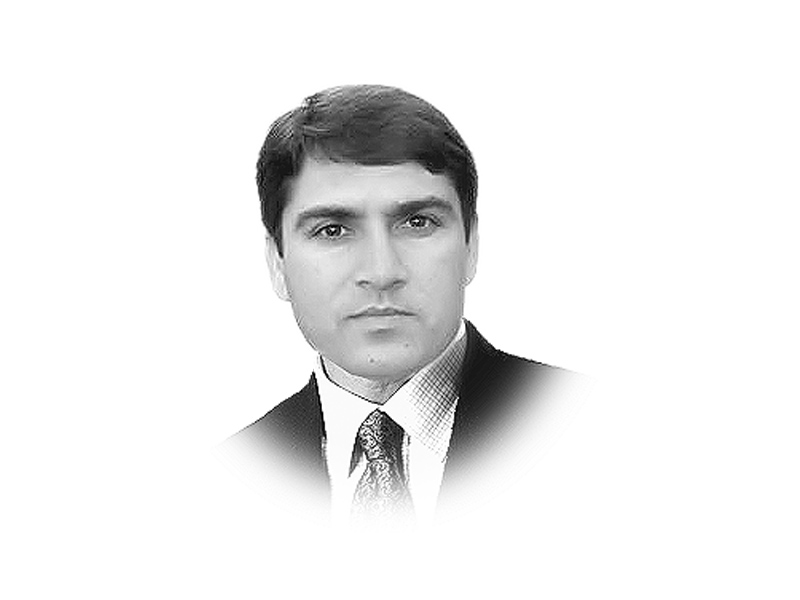
At a time when Pakistan-US relations are possibly at the lowest ebb for a number of reasons, few people remember or even know of the peak days when a US first lady visited Pakistan and extensively travelled across the country to a rousing welcome by thousands of men, women and children 55 years ago.
From Karachi to Lahore, Rawalpindi and Peshawar, people were seen lining the roads and streets, waving, cheering and cherishing their country’s friendship with the United States.
Jacqueline Lee Bouvier Kennedy, the highly cultured and well-educated wife of the charismatic John Fitzgerald Kennedy, the 35th US president, was the last first lady visiting this country which was on a trajectory of growth and prosperity in the first 20 years of its emergence on the world’s map.
Jacqueline Kennedy’s fairy-tale Pakistan visit from March 21-26, 1962 was reciprocal to a trip of the United States by President Muhammad Ayub Khan in July 1961 where, President Kennedy, as a show of warmth, greeted his Pakistani guest at the airport instead of the White House.
Soon after taking charge of the White House, one of President Kennedy’s several challenges was to win over the support of and keep away the two freshly-independent South Asian states — India and Pakistan — away from the expanding shadows of communism in the region. And no one could have performed the job better than Jacqueline Kennedy, who had already become a face of US public diplomacy.
Her nearly week-long trip, during which she travelled from Karachi to Peshawar and up to Torkham via the historical Khyber Pass, is unique from several aspects in context of US-Pakistan relations, as well as the Pakistan of today and that of yore.
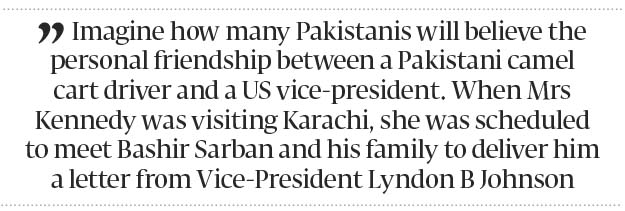
Imagine how many Pakistanis will believe the personal friendship between a Pakistani camel cart driver and a US vice-president. When Mrs Kennedy was visiting Karachi, she was scheduled to meet Bashir Sarban and his family to deliver him a letter from Vice-President Lyndon B Johnson.
Johnson befriended Bashir during his visit to Karachi a year earlier and invited him to the United States. Besides galloping horses with Johnson at his personal ranch at Texas, Bashir was also taken to Kansas City to meet ex-president Harry S Truman, who reportedly referred to him as ‘your excellency’.
Upon return to Pakistan, Bashir received a telegram that the US government had arranged for him to visit Saudi Arabia for Umrah and he reciprocated with ‘Allahu Akbar’ (God is great).
In his book, Mrs Kennedy and Me, Clint Hill, who was responsible for Jacqueline Kennedy’s security during her Pakistan trip, writes that on one occasion, President Ayub took off his black Karakul and playfully placed it on Mrs Kennedy’s head when she praised the cap. Later, Mrs Kennedy was seen wearing the cap during her visit to Peshawar and Torkham.
Although numerous Pakistani governments and heads of governments have developed close ties with the United States and its leadership in the days that followed, Jackie’s visit was unprecedented in terms of its appeal to the people of Pakistan and the power of public diplomacy where pro-American sentiments in the then West Pakistan were touching the peak.
In the 1960s Pakistan was free of xenophobia, intolerance, religious extremism, divisions on the basis of sects and sub-sects and the narrow definition of national interests. Women enjoyed a promising status as an emerging section of society. Now call it religiosity of today or liberalism of the past that no one sees any woman or girl wearing a head-to-toe veil amid the crowd lining the roads in Karachi, Lahore or Rawalpindi to greet the US first lady. And no one raised any objection to her attire, mixing up with men or travelling from Karachi to Khyber.
Writing back to the White House about Mrs Kennedy’s arrival and Ayub Khan’s reception in Lahore, one declassified memo states that the “enthusiastic participation of unusual numbers of women, especially young women, was particularly noteworthy. Governor ascribes this to realisation by Pakistani women that this notable recognition of one of their own sex is symbol of the rising status of women here in Pakistan.”
Although not many women turned up when her motorcade was passing through the Qissa Khwani Bazaar or the rough terrain of the Afridis and Shinwaris to Torkham, still many women and girls went to the airport to see a glimpse of Mrs Kennedy.
Mrs Rashida Shahid Jan, now in her mid-1970s, was a college student at St Xavier’s College in Peshawar in 1962. She rushed to the airport along with her sisters to catch a glimpse of Mrs Kennedy. “There was an air of festivity and fanfare. I saw Mrs Kennedy at close range who smiled and waved back at the cheering crowd,” recalled Mrs Jan in telephonic conversation with me.
Although Pakistan and the United States have undergone various stages of ties from security and military to economic and hardcore diplomacy, the only ties having lasting impact are established through public diplomacy and not through huge sums of money in military assistance or state welfare projects.
Published in The Express Tribune, March 25th, 2017.
Like Opinion & Editorial on Facebook, follow @ETOpEd on Twitter to receive all updates on all our daily pieces.














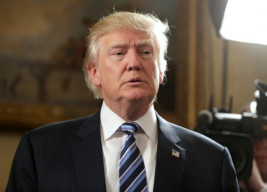
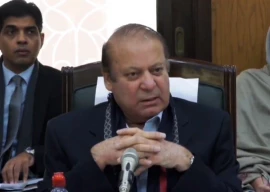
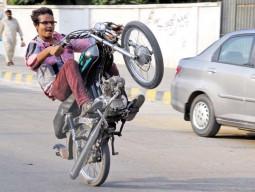
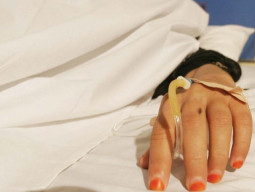
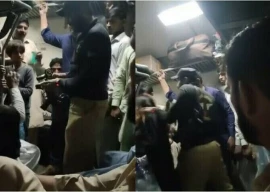
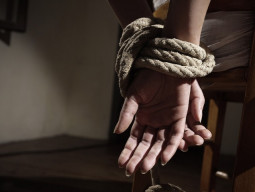
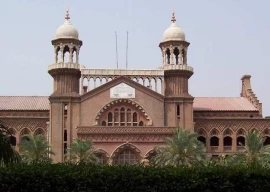





















COMMENTS (2)
Comments are moderated and generally will be posted if they are on-topic and not abusive.
For more information, please see our Comments FAQ